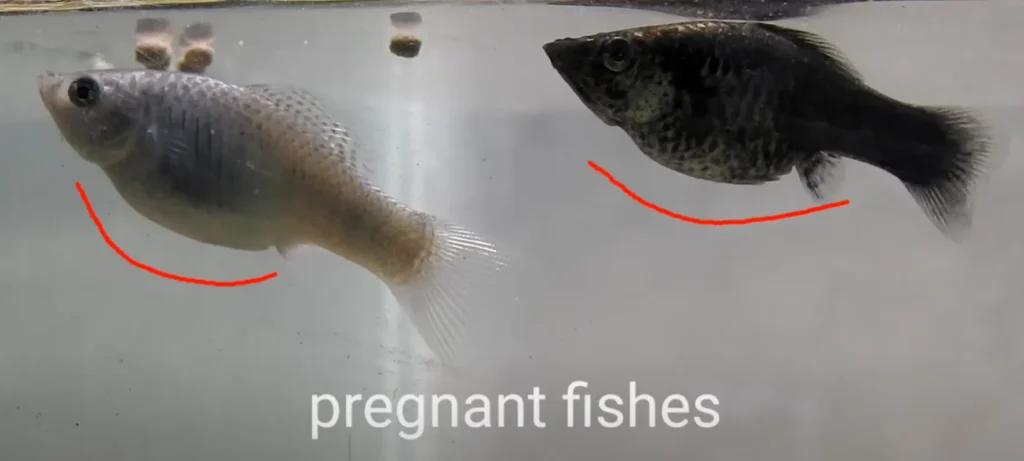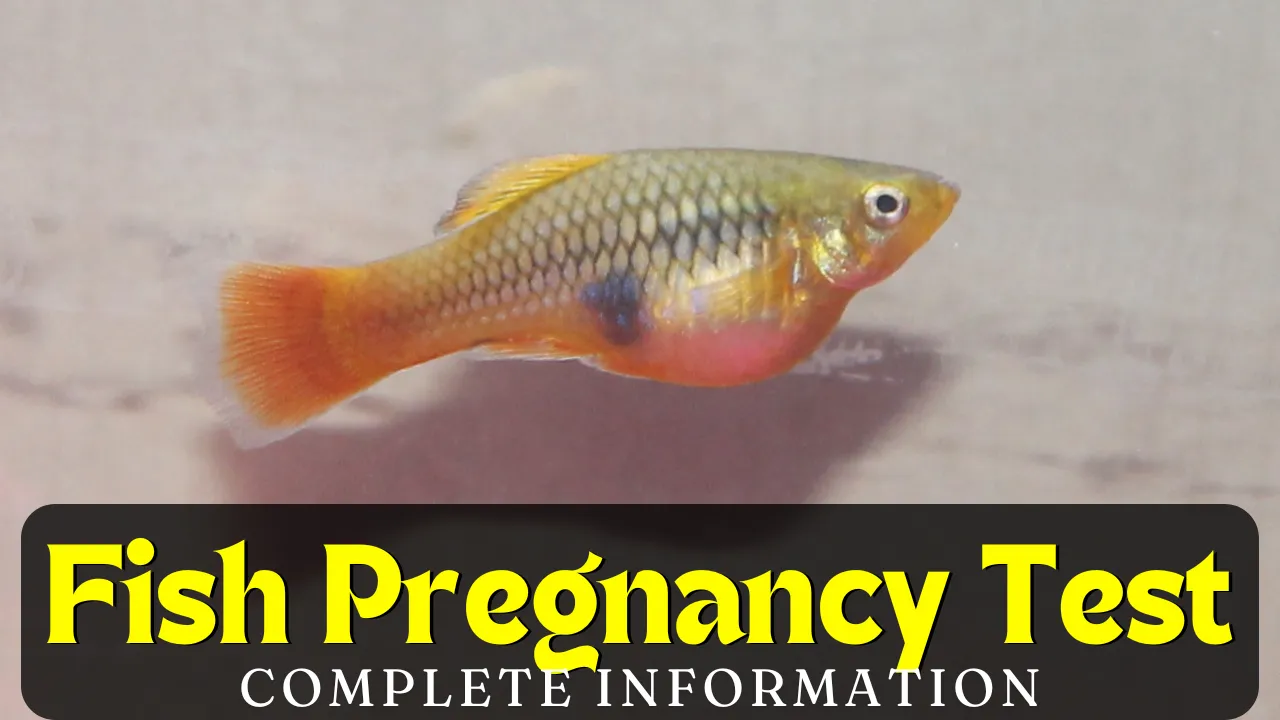Fish Test Pregnancy: FISH, or Fluorescent In Situ Hybridization is a diagnostic test frequently used in pregnancy for the detection of chromosomal anomalies, including Down syndrome, trisomy 13, and trisomy 18. FISH tests are important because the results are usually available in 24–48 hours, making it an important test to expectant parents who want early, rapid genetic data. FISH is frequently applied to cells derived from amniotic fluid or chorionic villi, products of amniocentesis or CVS, respectively. In this process, a fluorescent probe binds itself to certain regions of the chromosomes visible and illuminates areas with any genetic problem. This test is not confined to antenatal care but is practiced in other branches of medicine to diagnose genetic diseases and tumors. Another advantage of the FISH test is that it comes up with preliminary results much earlier than other techniques for instance, karyotyping. Although it is not a screening test for most inherited disorders, FISH can detect large chromosomal abnormalities which are likely to occur during fetal formation. For instance, Down syndrome FISH test results are quicker than other types of genetic tests, implying that by the time other parents are still arranging for their baby’s birth, they have already made a decision.
Reading the results of the FISH test required when conducting an amniocentesis is significant because the doctor is able to diagnose a pathology at the beginning stage. Amniocentesis is the process in which some amount of amniotic fluid from the fetal cells is taken. These cells are then analysed for chromosomal abnormalities. The accuracy of the FISH test in amniocentesis with regard to such things as Down syndrome is high, but FISH is more often used as a preliminary analysis and should be followed by karyotyping. This is so because while FISH focuses on specific chromosomes, other minor anomalies that may be detected by karyotyping are unlikely to be detected. As for the cost, the cost of the FISH test pregnancy is $189–$209, depending on the number of chromosomal probes used in the analysis. The cost of the amniocentesis FISH test might also differ from one region to another due to different practicing physicians. They are, however, expensive unless reimbursable by insurance if there is a medical reason for the testing, such as age over 35 years, abnormal ultrasound, or other previous prenatal screening results.
FISH test and karyotype have their strengths and weaknesses when it comes to the comparison of both. The direct advantage of FISH is thought to be a faster identification of chromosomal aberrations, but the karyotyping will give a wider view of the whole chromosome. Karyotyping usually takes longer, between a week and several weeks, compared to chromosomal microarray because, in karyotyping, cells are grown in a laboratory before being examined using a microscope. Thus, FISH can be employed when parents require a prompt answer; however, it is in most cases accompanied by a karyotype analysis. FISH test showed very high rates for conditions such as Down syndromes; the test will effectively reveal the presence of the additional chromosome 21 that is associated with the disorder. But a negative amniocentesis test on a FISH test does not fully eliminate other chromosomal problems from existing. This is why doctors stress the notion of the combination of FISH and the karyotype results for a more accurate picture.
It is a fact that FISH test pregnancy costs can be expensive, but in view of the accuracy involved and the time this form of test takes, many parents opt for it. To what extent is the is the FISH test reliable for the diagnosis of Down syndrome? The answer is that it is most accurate in diagnosing this specific chromosomal abnormality; however, as with any diagnostic built on the analysis of data, it is not 100 percent reliable. It can define most general problems, like trisomy 21, but other abnormalities may remain undetected unless other tests are done. An important thing to bear in mind is that FISH tests are actually only one small component of the prenatal screening battery and should not be relied upon alone in order to arrive at the correct decisions.
The following information may also be helpful for you :
There are no pregnancy tests specifically for fish, as they reproduce differently from mammals. However, there are tests used in aquaculture to determine the gender of fish or to check for certain conditions, but these are not related to pregnancy as in mammals.
Still, we can find out whether fish is pregnant or not simply by observing it with our naked eyes. Here are few samples.



There are certain tests related to the health of fish, as follows:
FISH:
FISH stands for Fluorescence in situ hybridization and is a test that “locates” something in human cells, including certain genes or parts of it. Due to this technique being capable of identifying some forms of genetic mutations linked to cancer, FISH testing can be applied to diagnose some forms of the illness.
FISH stands for fluorescence in situ hybridization To check whether breast cancer tissue examined following a biopsy has more than two HER2 gene copies, the FISH testing technique is performed. The FISH test will indicate if the cancer is positive, negative or what is sometimes referred to as zero for HER2.
FISH can find most chromosome changes (such as deletions or translocations) that can be seen under a microscope in standard cytogenetic tests, as well as some changes too small to be seen with usual cytogenetic testing.
It can detect genetic abnormalities, specifically cancer. It is used to diagnose certain types of cancer and can somewhat predict a patient’s outcome and susceptibility to chemotherapy treatment.
What is FISH used for?
Scientists use three different types of FISH probes, each of which has a different application:
- Locus-specific probes bind to a particular region of a chromosome. This type of probe is useful when scientists have isolated a small portion of a gene and want to determine on which chromosome the gene is located or how many copies of a gene exist within a particular genome.
- Alphoid or centromeric repeat probes are produced from sequences situated in or around the center of each chromosome. The above probes are employed by researchers to check if a given person possesses the right number of chromosomes. These probes can also be used in conjunction with so-called ‘locus-specific probes’ to see whether a person is actually lacking a part of a certain chromosome.
- What was originally believed to be a single probe on the whole chromosome is in fact a combination of many probes, each targeting a particular region on the stretched-out chromosome. Due to the availability of multiple probes tagged with different fluorescent dyes, the researchers can use one probe for each chromosome, providing them with a unique colour.
What is the cost of the Fish Test Pregnancy?
The cost for the FISH Test is from Rs. 6,000 to Rs. 22,000, as follows:
| FISH Test Name | Test Cost |
| FISH for Trisomy 13 | Rs.6000 |
| FISH for Trisomy 18 | Rs.6000 |
| FISH for Trisomy 21 | Rs.6000 |
| FISH for X Y | Rs.6000 |
| FISH for del 13q MM, CML | Rs.6000 |
| FISH for del 5q MDS | Rs.6000 |
| FISH for del 7q MDS | Rs.6000 |
| FISH for detection of E2A ALL | Rs.6000 |
| FISH FOR FGFR3 or IgH MM | Rs.6000 |
| FISH for IgH MM | Rs.6000 |
| FISH FOR Inv16 AML, M4Eo | Rs.6000 |
| FISH FOR MAF or IgH MM | Rs.6000 |
| FISH FOR MYEOV or IgH MM | Rs.6000 |
| FISH FOR TEL or AML ALL | Rs.6000 |
| FISH FOR TRISOMY 12 CLL | Rs.6000 |
| FISH FOR MLL AML, ALL | Rs.6000 |
| FISH FOR PDGFR ALPHA HES | Rs.6000 |
| FISH FOR PDGFR BETA CMML | Rs.6000 |
| FISH FOR PML or RARA DETECTION AML-M3 [APML] Test | Rs.6000 |
| FISH FOR Trinity 8: AML | Rs.6000 |
| FISH FOR 11 Q ATM MM, CLL | Rs.6000 |
| FISH FOR 17 p. 53 mm, CLL | Rs.6000 |
| FISH FOR C-MYC ALL, NHL | Rs.6000 |
| FISH FOR PRE or POSTNATAL DIAGNOSIS CHROMOSOME 13 21 | Rs.7000 |
| FISH FOR PRE or POSTNATAL DIAGNOSIS CHROMOSOME 18, X Y | Rs.7000 |
| Semen FISH | Rs.7000 |
| FISH FOR PRE or POSTNATAL DIAGNOSIS CHROMOSOME 13 22 | Rs.7002 |
| FISH FOR PRE or POSTNATAL DIAGNOSIS CHROMOSOME 13 23 | Rs.7004 |
| FISH FOR WILLIAMS SYNDROME | Rs.9000 |
| FISH FOR DI-GEORGE SYNDROME | Rs.9000 |
| FISH 22q deletion | Rs.9000 |
| FISH FOR N-MYC ONCOGENE SOLID TUMORS | Rs.10000 |
| FISH FOR PRE or POSTNATAL DIAGNOSIS CHROMOSOME 13, 18, 21, X Y | Rs.11000 |
| FISH for Her-2 NEU | Rs.13000 |
| FISH FOR MDS panel: Cytogenetics + FISH [del5q, del7q, del20q] | Rs.14000 |
| FISH FOR 1p P 19 Q | Rs.14000 |
| FISH FOR AML PANEL Cytogenetics + FISH [AML or ETO, inv16, PML or RARA, MLL] | Rs.21000 |
| FISH FOR CLL PANEL Cytogenetics + FISH [del6q, del11q, trisomy 12, del13q, del17p] | Rs.21000 |
| FISH FOR MM PANEL Cytogenetics + FISH [del11q, del13q, IgH, del17p] | Rs.21000 |
| m-FISH | Rs.22000 |
How does FISH work?
FISH is, for instance, important in pointing out in which of the chromosomes of a given individual a particular gene is located.
- The first and foremost is to produce short sequences of single-chain DNA that are partially bound to the specific gene the researcher wants to isolate. These are called probes.
- The next step is to label these probes or to attach one of a number of colours of fluorescent dye. DNA is formed from two strands of complementary molecules that have a strong attraction to each other, as if they were two magnets.
- Since the probes used by the researchers have only one strand of DNA, they can attach themselves to the chromosome of any individual, wherever the complementary single strand of DNA may be. In some cases, another part of the process involves coupling the probe to a fluorescent label, which makes its position on the chromosome accessible to detection.
Fish Testing in Cancer:
FISH is a technique that employs fluorescent probes that can recognize particular genes or aspects of genes (DNA). Analysts and oncologists at the medical centre’s lab utilize FISH in order to determine the likelihood of a patient having cancer and, in some instances, to check on a particular patient who could already have been diagnosed and treated for cancer.
A given FISH analysis can be performed with different types of samples depending on the location and the type of cancer in question. Tumor cells can be collected from peripheral blood, bone marrow aspiration, or lymph node aspirates, and fixed in formalin and embedded in paraffin.
What conditions does this test look for?
Unlike prenatal screening tests, which only look for genetic changes involving a small number of our chromosomes, prenatal diagnostic investigations using chromosome microarrays assess all 23 chromosome pairs.
This means diagnostic testing provides a more detailed investigation for chromosomal causes of growth and developmental concerns detected during pregnancy.
What do the test results mean?
This test can show the presence of abnormal or immature cells, which may indicate an underlying condition, provide information about its severity, and suggest the need for further testing. Abnormal patterns of white cells may point to infections, leukaemia, immune disorders, inflammation, and other problems.
Similar Aticle : Fishing Shows: Entertainment and Learning Combined

